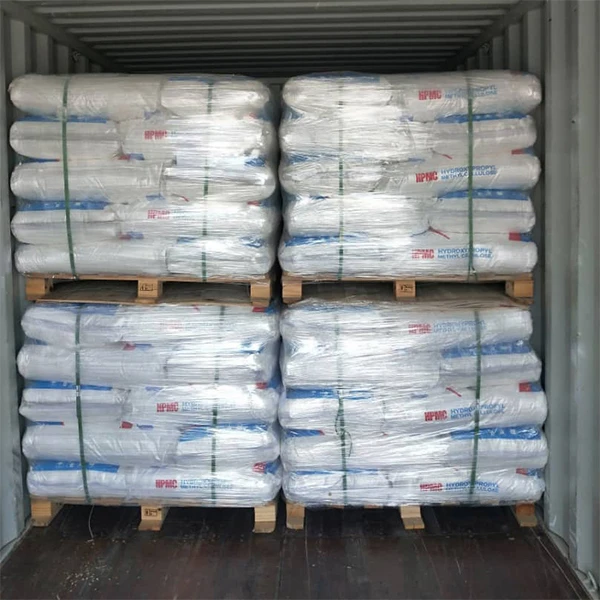Understanding Construction Grade VAE RDP A Key Material in Modern Building Practices
In the realm of construction materials, the evolution of chemical compounds has significantly transformed the way structures are built and maintained. One of the standout innovations in this domain is the construction grade Vinyl Acetate Ethylene (VAE) Redispersible Polymer Powder (RDP). This versatile product has become a staple in the construction industry, most notably in applications involving mortars, adhesives, and renders.
What is VAE RDP?
Vinyl Acetate Ethylene (VAE) is a copolymer made from vinyl acetate and ethylene monomers. When converted into a redispersible powder, it becomes a dry polymer that can be easily mixed with water to create a stable emulsion. This property allows VAE RDP to enhance the performance of various construction materials, providing superior adhesion, flexibility, and resistance to environmental factors.
Key Properties and Benefits
1. Enhanced Adhesion One of the primary advantages of adding VAE RDP to cement-based formulations is its ability to significantly improve adhesion. This is particularly crucial in applications such as tile adhesives and thin bed mortars, where the bond strength directly impacts the durability of the installation.
2. Flexibility and Crack Resistance The inclusion of VAE RDP imparts flexibility to mortars and renders, allowing them to accommodate movement and stress without cracking. This feature is especially beneficial in structures that experience thermal expansion and contraction, as well as in regions prone to seismic activity.
3. Improved Workability VAE RDP enhances the workability of cementitious mixtures, making them easier to spread and apply. This characteristic not only speeds up construction projects but also helps achieve a smoother finish, reducing the need for additional finishing work.
4. Water Resistance Enhanced moisture resistance is another notable advantage of VAE RDP. When used in exterior applications, such as EIFS (Exterior Insulation and Finish Systems) or waterproofing membranes, it helps prevent water ingress, which is critical for long-term structural integrity.
construction grade vae rdp

Applications of Construction Grade VAE RDP
The versatility of VAE RDP allows it to be utilized in a wide array of construction applications, including
- Tile and Stone Adhesives The superior bonding capabilities make VAE RDP an essential component in tile adhesives, ensuring a strong bond that can withstand moisture and temperature fluctuations. - Cement-Based Dry Mixes Many dry-mix formulations, such as those used for pre-mixed plasters, utilize VAE RDP to improve performance characteristics, making them suitable for both indoor and outdoor applications.
- Self-Leveling Compounds VAE RDP adds to the flowability and leveling properties of self-leveling screeds, allowing for easier application and a smoother finish.
- Render and Plaster Systems In renderings, VAE RDP enhances flexibility and resistance to cracking, which is essential for maintaining aesthetic appeal and durability over time.
Future Perspectives
As the construction industry continues to evolve, the demand for high-performance materials like construction grade VAE RDP is expected to increase. With growing environmental awareness, manufacturers are also focusing on producing sustainable and eco-friendly variants of these materials. The future of construction could see more innovations in polymer technology, enhancing the performance of VAE RDP and opening new avenues for application.
In summary, construction grade VAE RDP is a transformative material that has paved the way for more efficient and durable construction practices. Its unique properties enable improved adhesion, flexibility, and workability, making it essential for a wide range of applications. As the industry moves toward innovative and sustainable solutions, VAE RDP will likely play a crucial role in shaping the future of construction materials.
-
The Application and Significance of Construction RdpNewsMay.19,2025
-
Industrial Grade HpmcNewsMay.19,2025
-
Building Coating Adhesive Building Coating Adhesive HpmcNewsMay.19,2025
-
Application Of Hpmc For Detergent For Detergent In DetergentsNewsMay.19,2025
-
Application Of Hpmc Cellulose In Cement-Based MaterialsNewsMay.19,2025
-
Application Of High Quality Hpmc For Construction In The Field Of ConstructionNewsMay.19,2025




